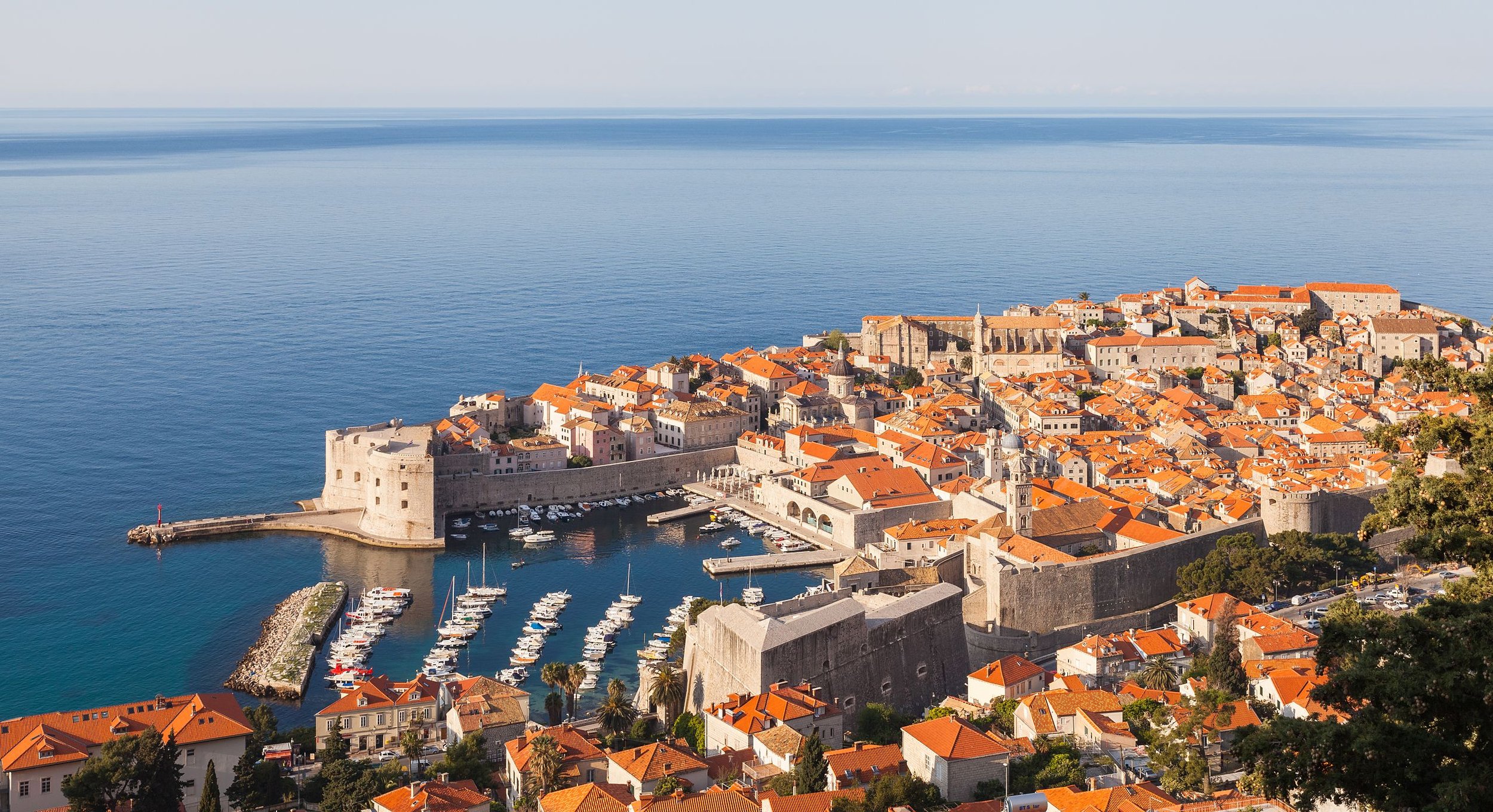
Croatia
Croatia has long, white licence plates. Some plates have a blue strip on the left, some are fully white. Most cars seen in Generation 3 will not feature a blue strip on their licence plates. In addition, there is a mix of cars with or without blue strips in Generation 4, with blue strips more common on newer cars.
NOTE: Blue strips are more common along the coast due to travelling tourists from other EU countries such as Italy.
Croatian is a Slavic language. It is always written in the Latin alphabet. ‘IJE’ is common in Croatian whereas Serbian uses only ‘E’ instead.
NOTE: The Slovene language also features a lot of ‘J’s. Serbian and Montenegrin are also very similar, but Serbia and Montenegro use both Latin and Cyrillic script.
Croatia has square (B-type) guardrails.
NOTE: Croatia is one of the few European countries that use B-type guardrails. For a good overview of European guardrails, see this infographic.
Generation 3 coverage often has a non-standard car blur where the side mirrors of the car are partially visible. This is not unique to Croatia, but by far most common there.
NOTE: Sometimes, you can see a small circular yellow sticker on the car mirror. This sticker is unique to Croatia.
Croatia has direction signs with a yellow background and a black outline. They often have a pencil-shaped tip.
NOTE: The other former Yugoslav countries of Slovenia, Serbia, Montenegro and North Macedonia have similar signs. A comparison can be seen here.
Croatian utility poles are cylindrical and made of concrete or wood, often with alternating hooks on the wooden poles (somewhat similar to Latvian poles).
Croatia features blue fire hydrants with two diagonal protrusions on either side. Newer fire hydrants seen in Generation 4 have a smaller top but are still recognisable due to the blue paint.
NOTE: Similar fire hydrants can be found in bordering countries, most commonly in Hungary.
Croatia’s capital Zagreb has a distinct big city feel. Apartment blocks can be seen throughout the city. The northern part of the city is hilly. Furthermore, Zagreb has blue electric trams.
NOTE: In addition to regular car coverage, Zagreb also has various urban sidewalk trekkers, often made with a Generation 2 camera.
In addition, here are some resources to help you practise Croatia:
Plonk It Croatia (map link) - This map contains locations for practising each meta in the Plonk It Croatia guide from step 2 to 3.
































